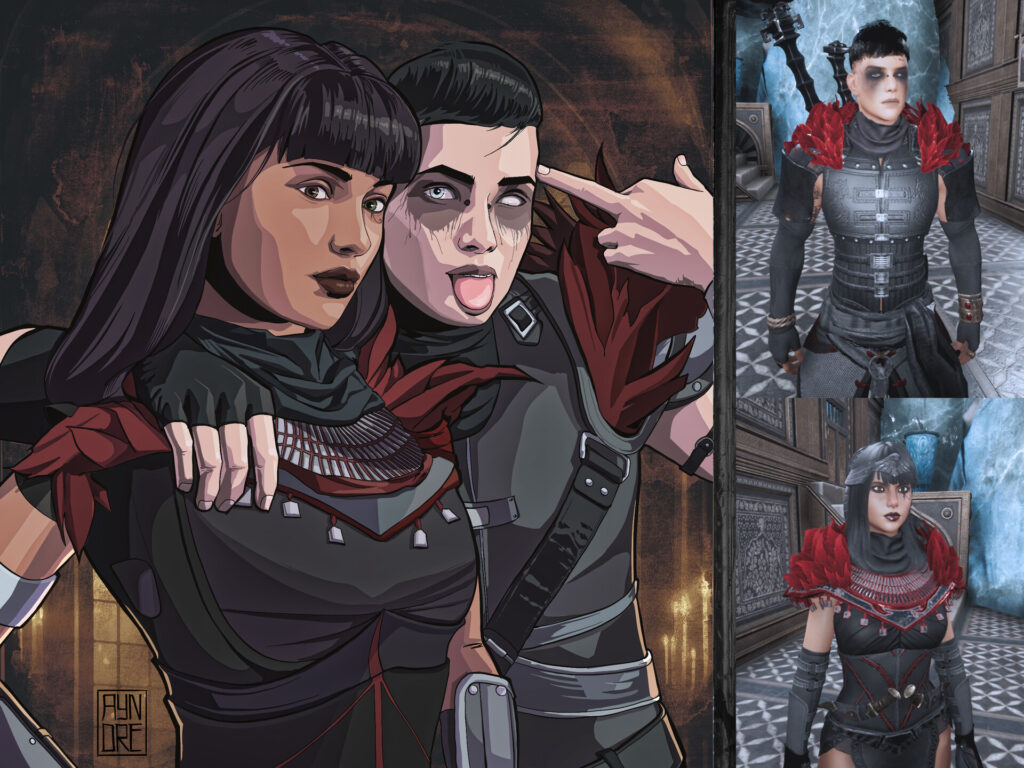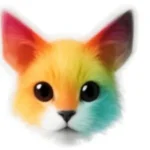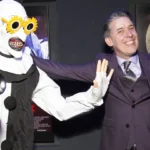Introduction to Dynamic Duos in Concept Art
Dynamic duos have a unique charm that captivates audiences across various forms of art. Whether it’s the comedic banter of beloved characters or the striking contrast between their designs, these partnerships draw us in and evoke emotion. In concept art, crafting a dynamic duo is not just about pairing two figures together; it’s an intricate dance of personality, style, and storytelling. The synergy created by harmonious relationships can elevate your artwork to new heights, making it memorable and impactful.
As we dive into the world of dynamic duo concept art, you’ll discover why these pairs are essential elements in visual storytelling. Get ready to explore incredible examples from pop culture while learning how to create your own compelling collaborations!
Why Dynamic Duos are Important in Concept Art
Dynamic duos in concept art are essential because they create a compelling narrative. Two characters working together can evoke emotions and tell stories that resonate with audiences.
These pairings often highlight contrasting traits. The interplay between strengths and weaknesses adds depth to both characters. This contrast fosters engagement, inviting viewers to explore their relationship further.
From visual balance to thematic relevance, dynamic duos also enhance the overall composition of an artwork. They allow artists to experiment with color schemes and poses, creating visually striking pieces.
Additionally, these collaborations can symbolize teamwork or friendship, themes universally relatable across cultures. When well executed, they leave lasting impressions that linger in the audience’s mind long after viewing.
Dynamic duos act as catalysts for creativity within concept art. They not only enrich individual character design but elevate the entire artistic vision.
Examples of Famous Dynamic Duos in Pop Culture
When exploring dynamic duos in pop culture, iconic pairs come to mind instantly. Think of Batman and Robin. Their partnership embodies the classic mentor-mentee relationship, balancing strength with youthful enthusiasm.
Another memorable duo is Sherlock Holmes and Dr. John Watson. This pair exemplifies intellect and intuition working seamlessly together to solve mysteries that baffle many.
In animation, we can’t overlook Woody and Buzz Lightyear from “Toy Story.” They showcase how contrasting personalities can lead to unexpected friendships filled with adventure.
Consider Han Solo and Chewbacca from “Star Wars.” Their camaraderie mixes humor with loyalty, proving that teamwork often transcends species or backgrounds.
These examples demonstrate the power of collaboration across various narratives in entertainment. Each duo offers a unique perspective on friendship and shared goals, captivating audiences worldwide.
The Elements of a Successful Dynamic Duo
Creating a successful dynamic duo in concept art hinges on several key elements. First, contrasting personalities can spark interest. When one character is bold and the other cautious, tension often leads to engaging storytelling.
Next, visual harmony matters. Their designs should complement each other while highlighting differences. This contrast can draw viewers in and create memorable pairings.
Equally important is shared purpose or goal. A common mission unites characters and drives the narrative forward, making them relatable to audiences.
Chemistry plays a significant role too. Whether through dialogue or body language, subtle interactions can convey depth and connection between the duo.
Backstories add layers of intrigue. The history they share informs their current relationship dynamics—making their journey even richer for the audience to explore.
How to Create a Strong Dynamic Duo in Concept Art
Creating a strong dynamic duo in concept art starts with understanding the relationship between your characters. Think about their backgrounds, motivations, and how they complement each other. This deep connection can bring authenticity to your design.
Next, focus on contrasting traits. Pairing a brave hero with a cunning strategist can create tension and intrigue. Use this contrast to highlight their strengths and weaknesses visually.
Consider body language as well. Their poses should reflect their personalities and interactions—whether they’re engaged in battle or sharing a quiet moment of camaraderie.
Color palettes are essential too. Choose colors that not only represent each character but also harmonize when placed together. This visual synergy will enhance the overall impact of your artwork.
Don’t forget the environment where they exist; it should echo their dynamics while adding depth to the narrative you want to portray through your piece.
Tips for Using Colors and Composition to Enhance Your Dynamic Duo
Colors can significantly elevate your dynamic duo concept art. Choose a color palette that complements both characters while reflecting their personalities. Warm tones may evoke passion, whereas cool shades can suggest calmness or conflict.
Consider using contrasting colors to create visual tension. This not only draws attention but also highlights the unique traits of each character. Balance is crucial; avoid overwhelming the viewer with too many hues.
Composition plays a pivotal role as well. Position your characters in a way that suggests interaction or contrast. Use leading lines to guide the viewer’s eye toward them, ensuring they remain the focal point.
Don’t forget about negative space—it allows for breathing room and emphasizes your duo’s importance within the artwork. Experiment with different layouts until you find one that resonates with your vision and enhances their relationship visually.
Common Mistakes to Avoid When Creating a Dynamic Duo
One common mistake is neglecting character balance. A dynamic duo thrives on contrast and synergy. If one character overshadows the other, it disrupts their harmony.
Another pitfall is failing to establish clear roles. Each member should have distinct traits or abilities that complement each other. Without this clarity, viewers may struggle to understand their relationship.
Ignoring visual storytelling can also weaken your duo’s impact. Relying solely on dialogue or background information falls flat in concept art. Show emotions through expressions and poses instead.
Overcomplicating designs can detract from the essence of a dynamic duo. Keep elements streamlined for better recognition and engagement.
Don’t forget about color dynamics. Using clashing colors might confuse the viewer rather than enhancing visual interest. Opt for palettes that reflect the characters’ personalities while ensuring they stand out together effectively.
Conclusion: Embracing the Power of the Dynamic Duo in Your Concept
The dynamic duo concept art is more than just a pairing of characters; it represents synergy, contrast, and emotional depth. When you harness the power of this concept in your own work, you can create pieces that resonate on multiple levels.
Drawing inspiration from famous duos can help inform your approach. Think about what makes their relationships compelling. Is it their contrasting personalities? Their shared goals? These elements can serve as a foundation for crafting your unique combinations.
As you explore colors and composition, remember to emphasize balance between the two figures. Color schemes that complement or contrast each other can evoke different emotions. Composition plays an equally vital role in guiding the viewer’s eye through your artwork.
Avoid common pitfalls by ensuring both characters are given equal importance within the frame. A well-balanced dynamic duo draws attention without one overshadowing the other.
By focusing on these principles, artists can tap into something universal—the connection we feel with others and how those connections shape our stories. Embracing this dynamic duo framework could elevate not only individual pieces but also enrich entire narratives within concept art creations.


